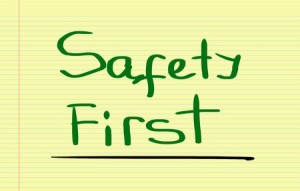 Whether you have indoor or outdoor holiday lights it is important to put them away safely. By storing your holiday lights the right way, you ensure that no damage is done to the cords, plugs, or light bulbs.
Whether you have indoor or outdoor holiday lights it is important to put them away safely. By storing your holiday lights the right way, you ensure that no damage is done to the cords, plugs, or light bulbs.
Because holiday lights are only used seasonally, any damage that is done to them when putting them away can be compounded over time in storage.
Next year, when it comes time to install your lighting again, you will be thankful that you put them away safely and that there aren’t any fire hazards or electrical disasters looming.
Here are some steps to follow for safely storing your holiday lights:
- Unplug your light strands and allow them some time to cool down. Make sure that no one pulls or steps on them while you are waiting. Check the strands, plugs, and bulbs to make sure there aren’t any obvious signs of damage. If there are any exposed wires or if the plug is pulled away from the cords, the damaged strands should be discarded.
- Take a plastic tube or cardboard tubes and wrap each strand of lights around the tube. Make sure not to overlap the light strands so that they unroll from the tube easily. Avoid wrapping one strand over another strand and have enough tubes so that one strand can be wrapped around each.
- Have a designated storage box for your holiday lights. This box should be made from heavy duty plastic and should have a lid. Lights that are stored in cardboard boxes are at risk for rodents chewing through the cardboard, and then through the coating on the electrical cords. Also, a plastic box will protect the lights from any water or other damage.
- When you store your holiday lights box, make sure to label it. This way if there is any kind of flooding or damage to the area where you are keeping your boxes of lights, you know which boxes to move or take out of the area.
Follow these tips to safely store you holiday lighting. It is important that you take the time to store them away properly, so that when it comes time to pull them out next year, they are not damaged and will not cause any kind of electrical hazard.



